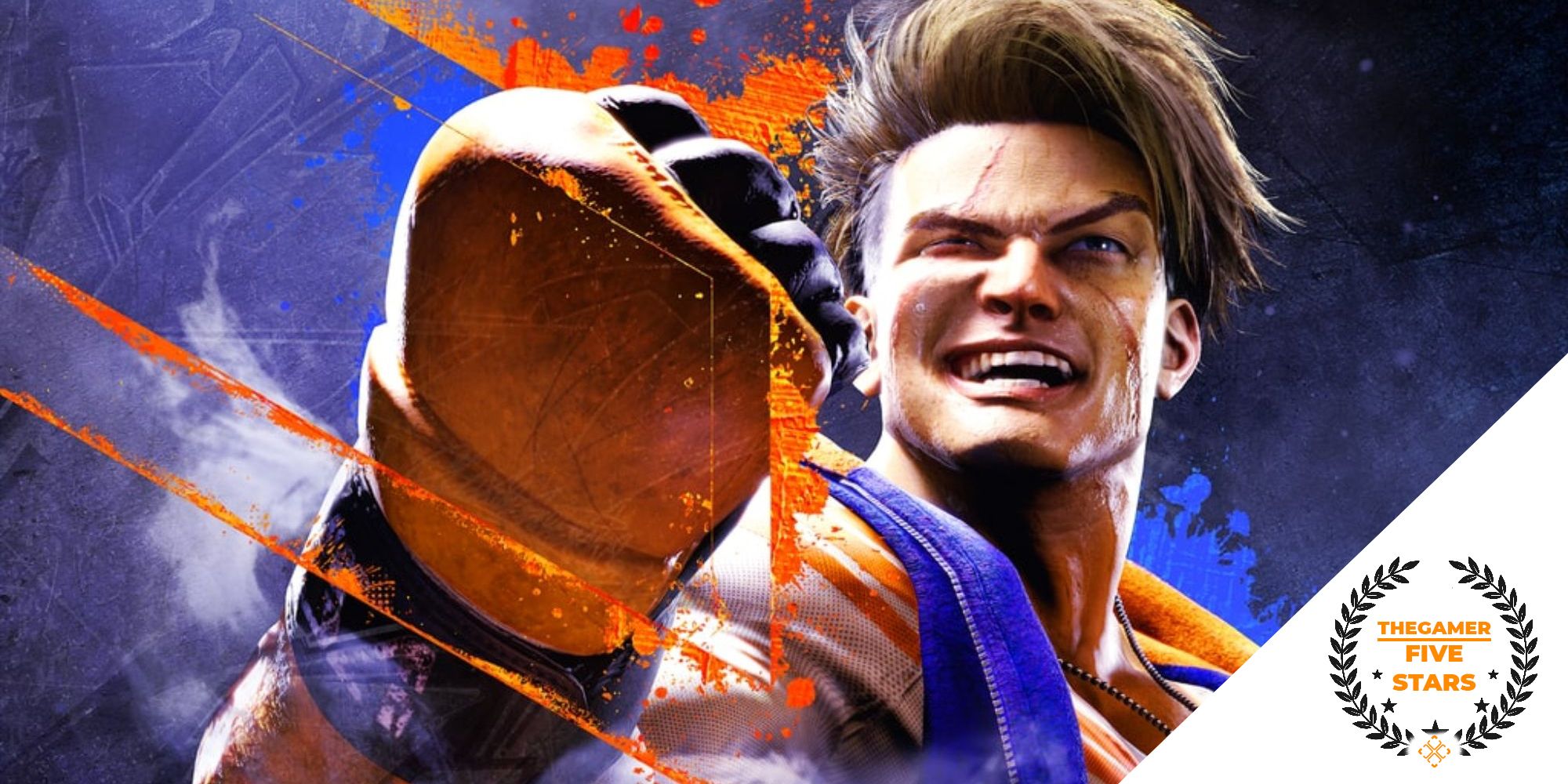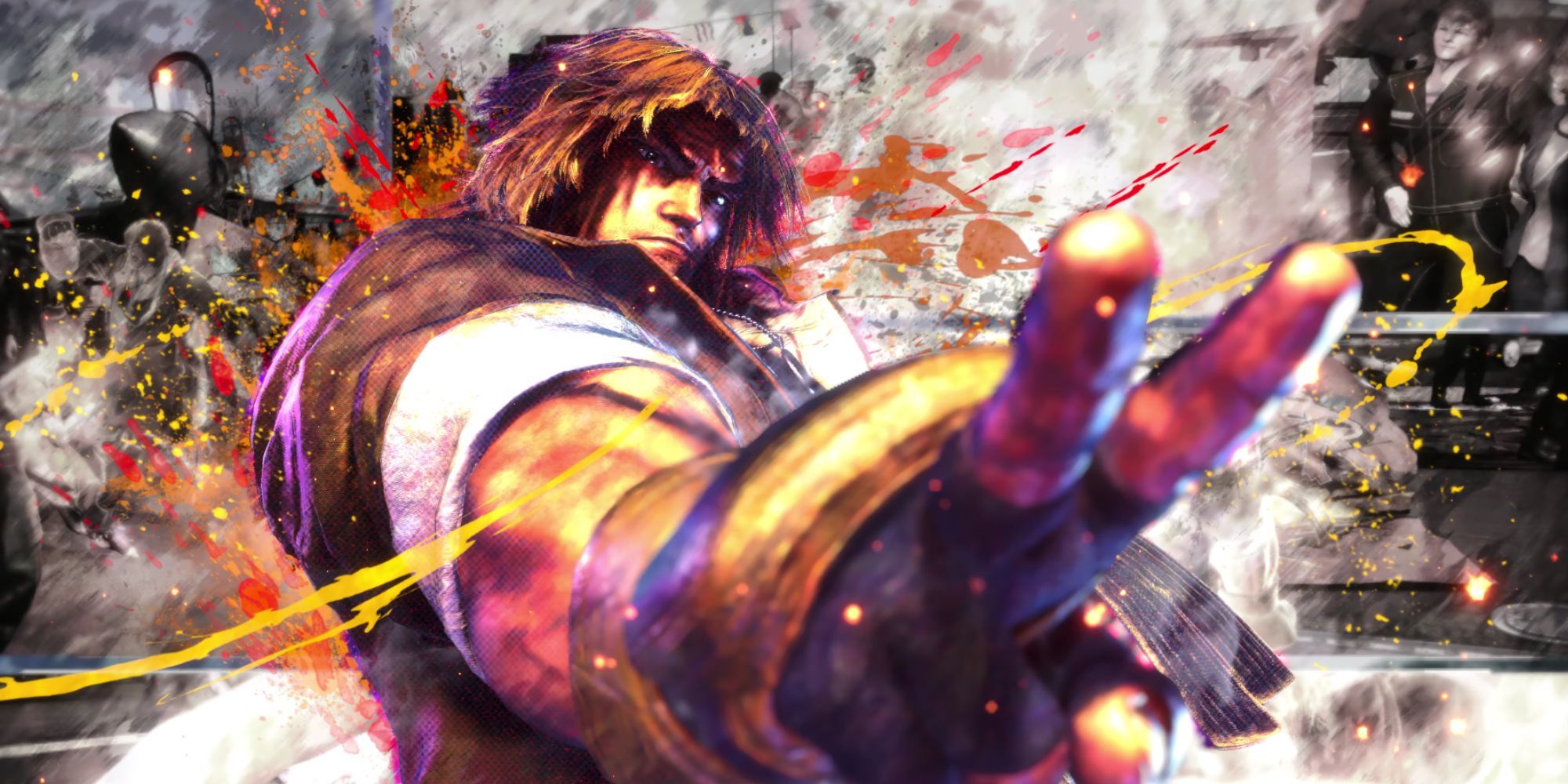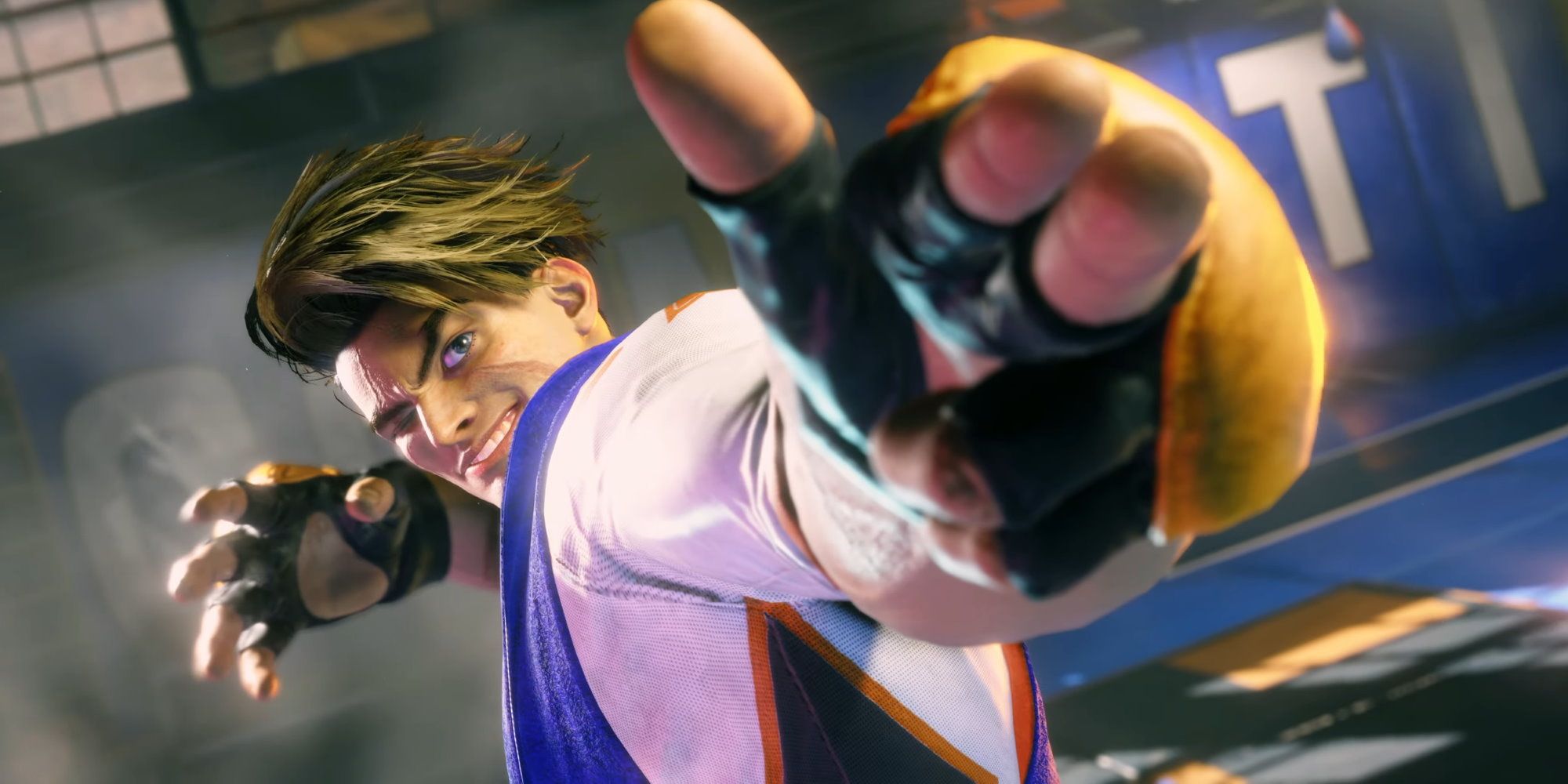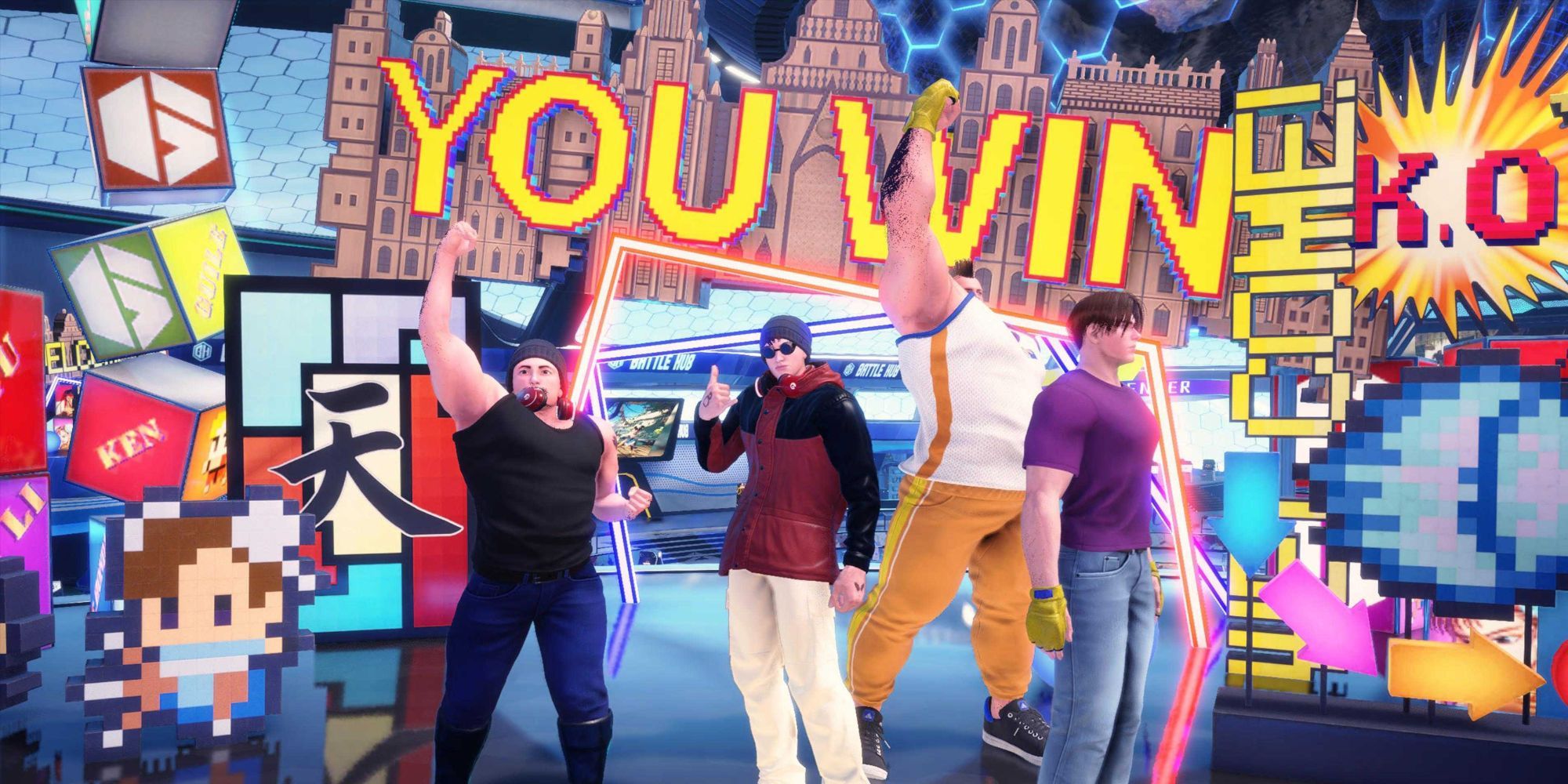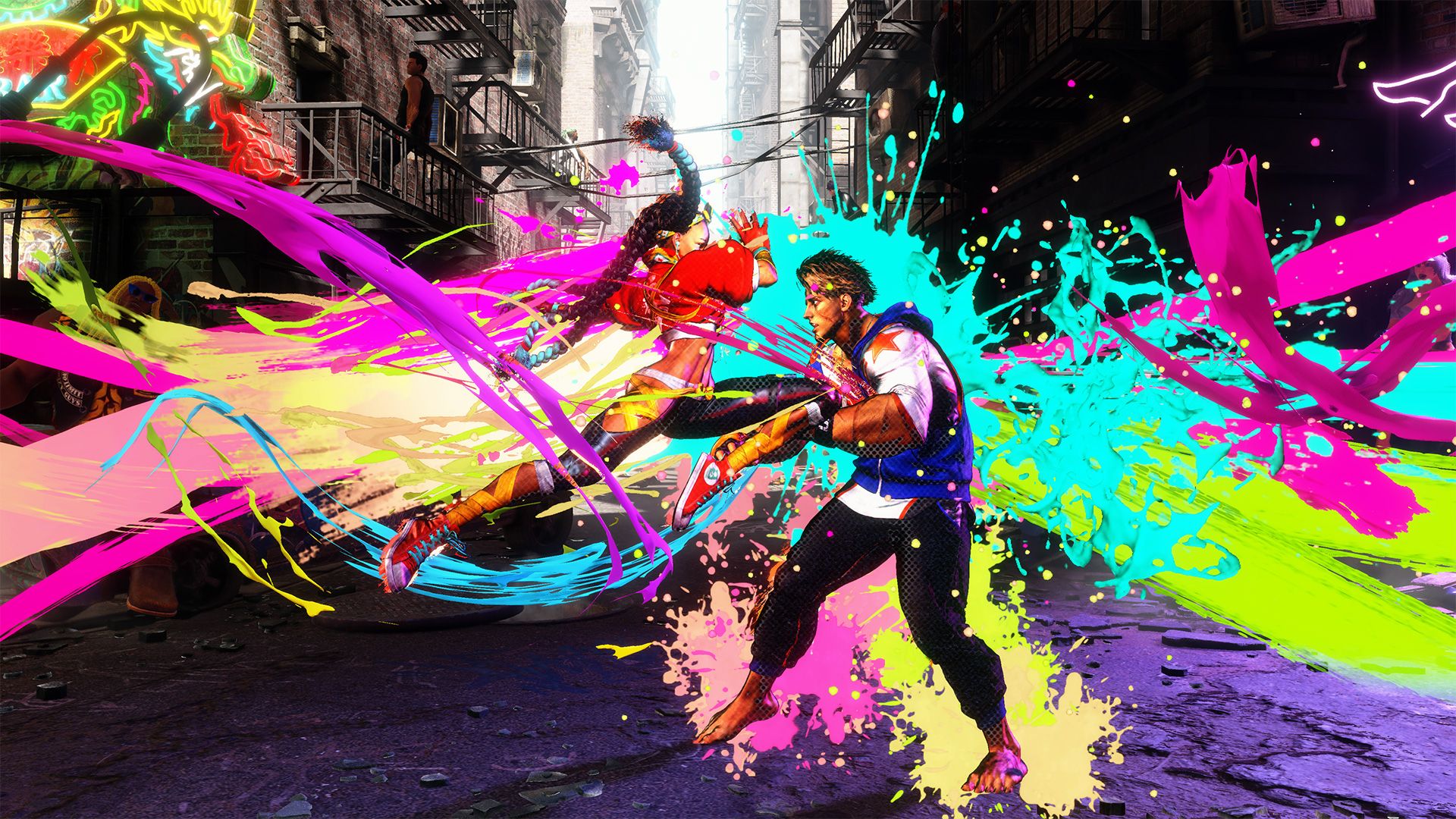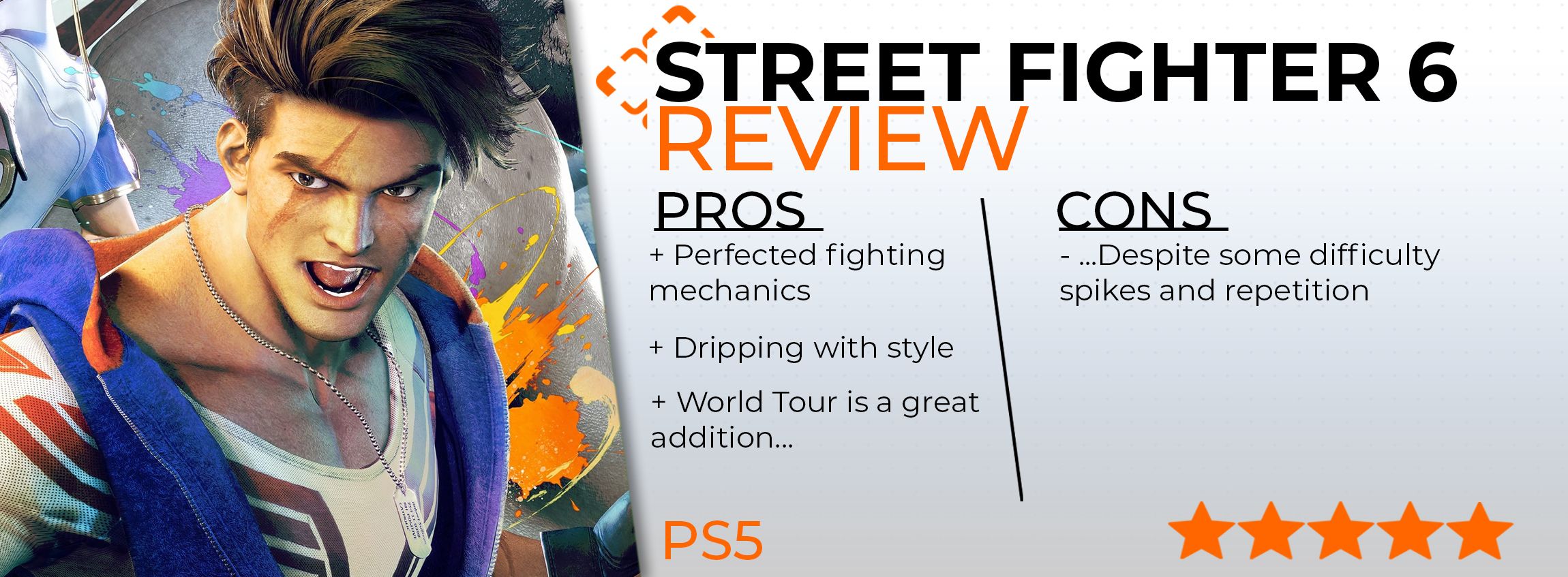Try as I might, I’ve always had a tough time getting into Street Fighter. The crunchy core fighting mechanics and focused competitive play should have appealed to me, but just never clicked like I’d hoped. Street Fighter 5 didn’t help, which as my entry point into the franchise also doubled as one of the most empty and soulless launches I’ve ever seen. For years, I was hesitant to trust Ryu with my wallet ever again.
If Capcom has proven anything this past generation, it’s a capacity to make one hell of a comeback. Resident Evil 7, Monster Hunter World, and Devil May Cry 5 all set the world on fire and brought their respective namesakes back to life. Not only does Street Fighter 6 follow in their footsteps, it feels like the series at its very peak. All the advancements in online play, accessibility, and its core fighting mechanics make this a defining moment for fighting games like we haven’t seen since Mortal Kombat 9 made story modes a near necessity. This is a masterpiece in the genre developers will be chasing for years to come.
If you’ve ever played Street Fighter before, then the sixth entry will feel instantly familiar with its easy-to-learn but hard-to-master fighting mechanics, high skill ceiling, and quarter-circle forward motions for special attacks. What sets this sequel apart is the Drive System, a new meter that can be used to parry attacks, enhance special attacks, and unleash a block-breaking heavy strike. Street Fighter’s biggest strength has always been how it feels to play once you master the nuance of certain characters and combos, but the Drive System’s offensive and defensive capabilities somehow make it feel even better.
It helps that the launch roster is one of the best I’ve seen in years. All the mainstays you’d expect are here like Ryu, Chun-Li, and Cammy, and they’ve all seen subtle improvements that make them feel distinctly unique and modern, while never once abandoning the iconic aesthetic flourishes by which they’re known. The real standouts are the newcomers. Jamie and Kimberly are now some of my favourite characters in the entire series thanks to their fast-paced fighting styles and incredible visual designs. It really feels like there’s a new fighter for every type of player, whether you’re aggressive like Luke or tricky like Manon. Tricky is a nicer word than what I’m thinking but let’s keep it PG.
As great as the Drive System and roster can be, the biggest improvement that Street Fighter 6 makes is to its own sense of style. Street Fighter 5 felt like a machine had sucked up the flavour of Street Fighter 4 and spat it out, leaving behind nothing but a hollow facsimile of the series’ former greatness. Conversely, this game is dripping with colour and character, from its bright, neon-drenched menus to the fist-pumping electronic rap music that plays before each battle and all the way to the funny faces you can make during the loading screens. Thanks to its stunningly stylish looks, Ryu and the gang feel more alive than ever before - Street Fighter 6 simply has an unbelievable amount of rizz.
One thing that Street Fighter (and most Capcom fighting games, let’s be honest) has always lacked is worthwhile single-player content, but that finally changes with the introduction of World Tour. This solo campaign mode sees you creating your own fighter and exploring Metro City and beyond to beat up random civilians, complete side quests, level up your character, and slowly learn techniques from the rest of the roster as you become their loyal students.
There isn’t a grand narrative to be found here, but that’s clearly not the focus. World Tour is clearly going for a self-insert fanfic vibe and it manages it perfectly. Seeing my character dance with Deejay, drink with Jamie, and train with Ryu felt like pure wish fulfilment and left me with a huge smile on my face. I might not have been a big Street Fighter fan when I started out, but World Tour gives each fighter so much character and heart that I certainly am now.
Things can get a little repetitive and frustrating towards the end of the 18-hour campaign. I kept my character at a fairly high level throughout, but I still found some frustrating difficulty spikes and moments where I had to grind through to victory. It was never enough to take away from how much fun it was to beat the snot out of everyone in sight, but some things, like the light RPG mechanics and “Miles” system, did feel end up feeling unnecessary.
World Tour’s defining trait is how it manages to act as a single extended tutorial without ever showing its hand. As you play, you’re slowly learning the moves of every character on the roster, picking up advanced fighting tech through side missions, and even learning button inputs through minigames. It’s representative of what Street Fighter 6 is all about - welcoming in players of every skill level, making sure they have a good time, and slowly training them to go toe-to-toe with others outside of the campaign.
Street Fighter 6’s most important feature is the Battle Hub, a social space where players can meet and fight online against each other, while also being able to buy clothes for their avatar, play classic arcade games, and spectate ongoing matches. It’s basically Capcom’s answer to PlayStation Home, only with an excellent game attached to it rather than weird minigames and expensive furniture.
My initial concern with Battle Hub involved its social elements getting in the way of online multiplayer, but that’s seldom the case. You can put your rizz on show in the photo booth or throw hadoukens in other players' faces until the cows come home, but if you’re just looking to fight then matches are incredibly easy to get into and even easier to stay in thanks to instant rematches that put the rest of the genre’s online lobbies to shame. Guilty Gear Strive, I’m looking at you.
Street Fighter 6’s rollback netcode is also a thing of beauty. Across the many hours I played online throughout the closed beta, open beta, and now the review period, I only ever had connection issues with one player who was located on the other side of the world.
There are some minor annoyances with the Battle Hub, like having to jump out of a match to change fighters and Modern controls (which essentially half the number of control inputs and map specials to one button) being on by default until you change it for each character, but these are minor compared to everything else that it does right. It still blows my mind that every player can not only pick which side of the screen they fight on in every match, but also what stage they play in, even if the person they’re fighting picks something different.
As a fighting game, Street Fighter 6 is pretty much flawless, but it’s the little details across the board that make it clear that this is a fighter for everyone and not just fans of the genre. A wild statement for a series that’s always felt more hardcore and impenetrable than the rest. Whether you’re a newcomer playing with Modern controls or a veteran with a fight stick and a vendetta, Street Fighter 6 feels like the most approachable and welcoming fighter I’ve ever played without ever once sacrificing its potential complexity and fighting spirit.
Score: 5/5. A review code was provided by the publisher.

